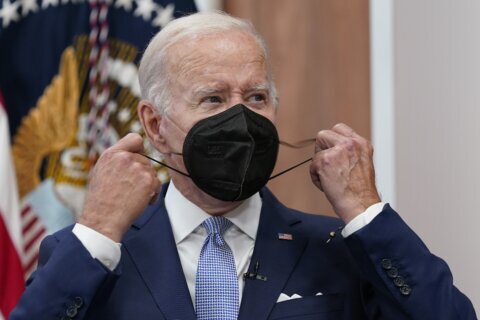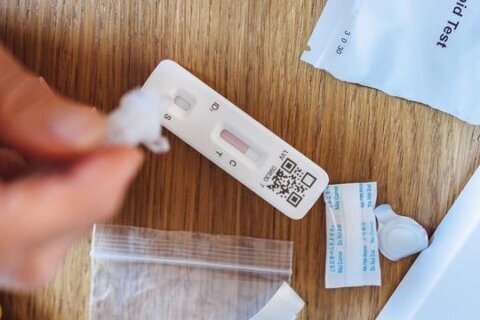A new mutation of the coronavirus omicron variant called BA.2.75 is being detected on the West Coast of the U.S., and it’s said to be remarkably infectious. However, experts warn against becoming unduly alarmed.
Variants BA.4 and BA.5 account for more than 70% of COVID-19 cases in the U.S., but BA.2.75 is currently overtaking them in India because it is more infectious, CBS News Medical Correspondent Dr. David Agus said.
“I think what’s scary about both of these is they’re also what we call immune-evasive. That even if you got omicron a couple of weeks ago, it gets around the immune response to the former omicron variants, and you can get sick again,” said Agus, who is also a professor of medicine and engineering at the University of Southern California.
Agus said it’s still unclear how much protection vaccines can offer.
“In terms of response to the vaccines and the antivirals, we think it’s going to be responsive to both based on looking at the molecular structure. But we don’t know it until we have more data,” Agus said.
The variant seems to present with symptoms similar to old varieties related to upper respiratory tract infections, such as sore throat, runny nose and cold symptoms that can include a fever and loss of appetite.
“But the real answer is we don’t know. It takes several months of watching a particular virus variant to know what the clinical course will be,” he said.
Still, Agus said, it’s important to get vaccinated, stay boosted and not get alarmed.
“And to realize that this is what we expected. The virus will continue to change, and science will change with it,” Agus said. “And to date the science — which is the vaccines, the antivirals and the monoclonal antibodies — have been able to hold their own against all of the variants, and that’s a positive finding.”
What about the BA.4 and BA.5 variants that are responsible for a rising number of local cases in recent months? They now account for more than 50% of the coronavirus cases in the D.C. area and mid-Atlantic states.
“Fortunately, that’s not translating into more deaths,” said Dr. Glenn Wortmann, section director of infectious diseases at MedStar Washington Hospital Center.
“It’s still early. But results so far show that hospitalizations and deaths have not gone up as much as we’ve seen in the past with the delta wave and with the first omicron wave,” Wortmann said.
The continuously evolving nature of the virus suggests it could still be around for years, and Wortmann said your best defense is what worked early on.
“The best way not to get infected is the old standard: Don’t be around sick people. If you’re in crowds, wear a mask. If you feel sick, stay home so you don’t infect other people. The very basics that we started out with when COVID first hit,” Wortmann said.








